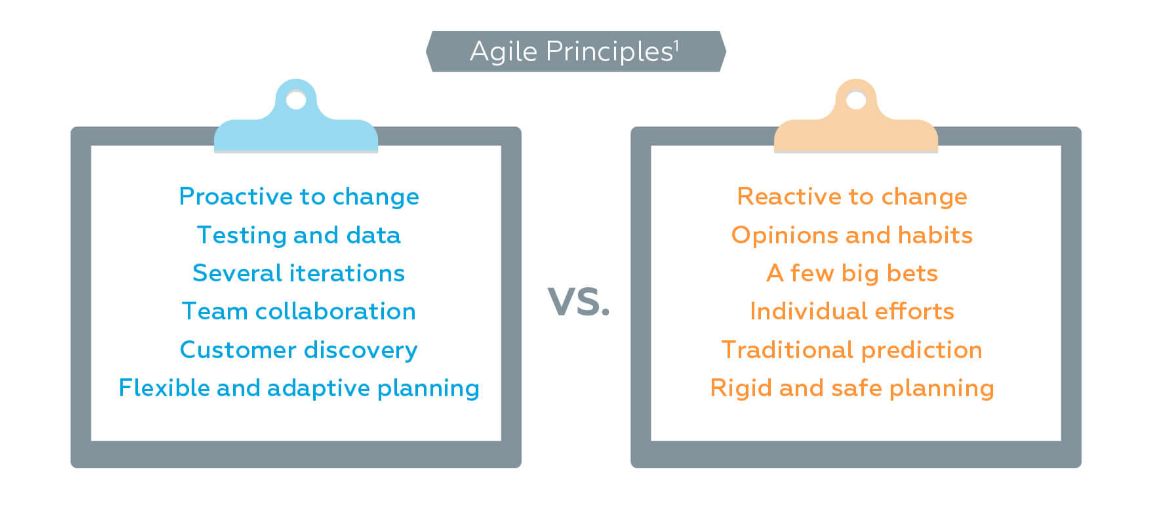Key takeaways:
- What is essential for successful marketing planning? Proactive planning, resource allocation, and learning from past campaigns are crucial.
- How can teams align on marketing objectives? Foster consensus on marketing goals and explore creative metrics to measure success beyond lead generation.
- Why should resources be evaluated before the new year? Assessing team bandwidth and communication channels helps identify needs for achieving set goals.
- What is the benefit of building a marketing calendar? A structured calendar aligns teams on deadlines and messaging, promoting brand consistency and accountability.
- How can teams kick off the new year effectively? Start with engaging team-building activities to generate excitement and momentum for upcoming projects.
And just like that, it’s almost time to ring in the new year. Looking ahead of schedule and devoting ample time to planning out your campaigns and marketing milestones is not only essential for success, but also for allocating resources and finding where gaps exist. Waiting too long to plan can result in unrealistic expectations, team goals that don’t align with company objectives, and a marketing team scrambling to throw something together as quickly as possible instead of focusing on top quality output.
What ever happened to staying Agile? Yes, it’s true that Agile methodologies have many benefits for marketing teams, but there’s a huge difference between being Agile and being unprepared. Let’s take a look at the differences: 
Source: https://www.wrike.com/blog/effect-agile-marketing-teams-infographic/
With Agile in mind, it’s imperative that you become proactive about your plans for next year. Let’s take a look at some steps to get you to a full-fledged marketing plan for 2018:
1. Cover Lessons Learned From Last Year
The only way to start planning for the future is by learning from the past. Before you dive in and start listing tasks for your team, take a look at the past year (and even previous years). Find out what went right and wrong so you can avoid past mistakes and repeat proven successes. Not sure what to cover? Download this free list of questions that will help you evaluate the performance of past marketing initiatives.
2. Align On Objectives... and Stick With Them
A recent study by HubSpot found that only 23% of companies are exceeding their revenue goals — and of those not exceeding their goals, 74% don’t know the number of monthly visits, leads, MQLs, or sales opportunities they need.
While company vision can be commonly known across many teams, it’s important to dig even deeper and talk about marketing goals and objectives for the new year. Without a consensus on marketing objectives, there is zero unity on priorities and projects.
Keep in mind that, while lead generation and increasing trials and MQLs are extremely important, there are several ways to measure success. Don’t be afraid to get creative and come up with metrics that will push your marketing team to explore uncharted territory.
"Unfortunately, many marketing departments don’t get creative with the metrics that serve as benchmarks for performance; their main metrics usually revolve around leads generated, sales, etc," says Jeff Kear, Owner of Planning Pod. "However, there are usually more telling metrics for measuring your marketing effectiveness. For example: percentage of leads (free trials) vs. unique Website visitors; percentage of leads vs. conversions (paid customers); monthly recurring revenue.”
To some, it’s fairly easy to align on objectives at the beginning of the year, it’s harder to stick to them as the year progresses. Shifting objectives throughout the year can clog productivity and make it difficult to measure growth and success.
Ready to start planning? Download these free templates to get a head start on the new year.
3. Evaluate Resources
Once you’ve established goals for the new year, it’s time to go over what resources you currently have, and what resources you will need to reach those goals.
A couple of things to ask yourself when evaluating resources:
- What is my team’s typical bandwidth? Are they overloaded? ---> Hire additional (wo)manpower.
- How are the communication channels? Are you working with remote teams extensively? ---> Invest in a collaboration tool.
- Is data easily lost between email chains and constant meetings? Do you need a better way to organize your work? ---> Adopt a work management tool.
- Is your Ops team ready for the changes coming down the pike? Can they handle the workload? ---> Scale your Marketing Operations.
- Is Design able to get the approvals they need quickly so they can spend more time being creative? ---> Streamline creative execution.
Requesting more budget to obtain these resources can be especially difficult; which is why it’s crucial to measure and review past initiatives (see Step 1) and work out a milestone payment schedule so you can make a case for more resources.
4. Build Out A Calendar
To help concretize ideas and plans, it’s good practice to sit down and start scheduling everything from email campaigns, to conferences, to blog content.
Being Agile, plans may change and deadlines may shift. Aligning with other teams on messaging and physically planning out a calendar with clear deadlines will help build a consistent brand voice across different platforms. It will also make it easier to gain visibility into ongoing projects (when deadlines do shift), and keep everyone accountable for their own projects.
When building a calendar, it’s good to work backwards. Look at your OKRs and where you want to be at the very end of the year. Not just you, but your customers (and potential customers) as well. What should they think about when they see your brand? How do you want them to feel when they read an email from your organization? What kind of insights do you want to see from them?
Once you’ve ironed out the ideal end-of-year milestone, work backwards, outlining what needs to be done to get to that point. Agree on a clear, consistent message you want to share each month (or quarter), then brainstorm the exact topics and content later. Getting a big picture scheduled out right away will help you build a structure to work off of and give all the other teams visibility into your plans.
5. Kick It Off Right
In the words of famed author Stephen King: "The scariest moment is always just before you start." So start it off right.
Ringing in the new year with an exciting marketing kick-off trip, a party, or if you’re looking for something more budget-friendly, organizing awesome team building games that are actually fun — these are all great ideas for building momentum and excitement. Remember, your team’s success is your success and starting a whole new year of projects can be daunting, so treating them with a fun event or outing will get them excited for what’s to come.
Don’t Stop There...
Once you’re done with next year’s planning, take a look down the road and do some research on new marketing trends. Where do you want your marketing org to be in 5 years? How about 10 years?
Beth Gard, of lotus823, says, "Set in stone a comprehensive 12-month marketing strategy and goals for the next five years. Developing a strategy with clear action items and setting both short-term and long-term goals pushes you to assign team members and actually implement the tasks.”
Failing to plan is planning to fail, so plan for success by kicking off the new year on the right foot.




